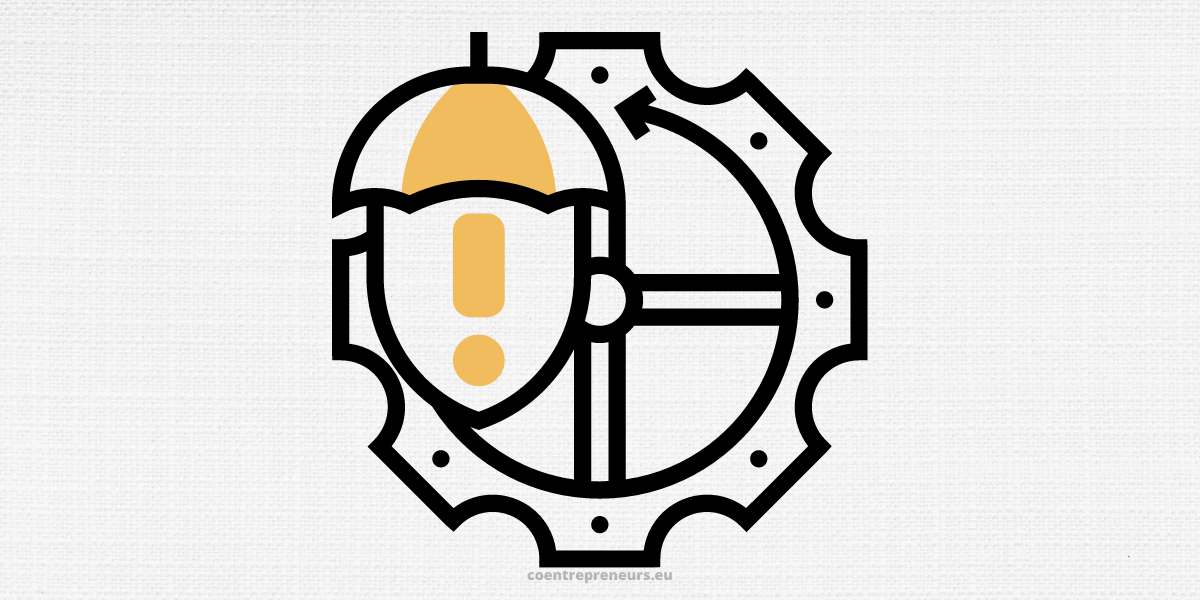
It is not surprising that there are always risks involved in any project. However, it is not surprising that there are always risks involved in any project. This is why managing them wisely and skillfully is an important part of every association’s administration. It is also a key foundation for how the association is managed at all levels. How an association attempts to reduce or eliminate the risk component, whether it is common or synthetic, determines how quality management will be done.
The International Organization for Standardization (ISO), has established clear rules for all associations in respect of proficient risk management under the ISO 31000 benchmark. In February 2018, ISO released the updated version of the ISO 31000:2018 certification.
#1. What is the connection between ISO 31000:2018 and ISO 9001:2015 certification?
It is worth mentioning that quality management’s productivity can be controlled by its ability to manage risk.
Neil Armstrong cited it.
“There is no extraordinary achievement that can’t be achieved without risk.”
Without addressing risks at different stages of process management, no major name in the field of quality productivity has ever been established. The ability to identify possible outcomes of danger helps you develop appropriate techniques for deciding them out. This is how improved profitability is achieved at each stage. That is why ISO certification 9001 is so important.
#2. What are the fundamental standards for risk management under ISO 31000?2018?
The most recent ISO 31000:2018 rules state that risk management is a broad practice that must be done in an efficient and coordinated manner, taking into account the type of risks.
#3. In what manner would this be able to approach be executed?
An association must first identify the potential risks during the beginning of generation and the components that are behind them. These could be social, human, or characteristic. It is now necessary to adopt a new approach and develop a dynamic method for reducing those risks and ensuring continuous improvement of QMS processes.
#4. In what capacity can the authority assume its part in productive risk management?
Management at the highest level can influence how risks are managed through after-perspectives.
Proactive approach: It is essential to be a savvy chief and to direct in a proactive rather than receptive manner. The officials and their subordinates will be more effective if they act responsively, rather than allowing themselves to become complacent.
Comprehensive participation: Although departments of each office in an association are independently characterized, in the event of any experience with risk, every one of them should accept the accountability to handle and dispose of it. Each official must be proactive in reducing risk and ensuring coordinated risk management. This will allow for strong leadership at all levels of the association.
Adaptability: This must be seen as a priority so that risk management doesn’t become a rigid idea. As the quality management space is vast and expanded, so too is risk management. To fully realize the ISO 9001 certification’s essence, the business must consider the needs of diverse demographics. There are distinct procedures for dealing with different types of risk and no one solution. A modified approach is required for improved risk management.
These are just a few tips to help you manage your association’s risk.
